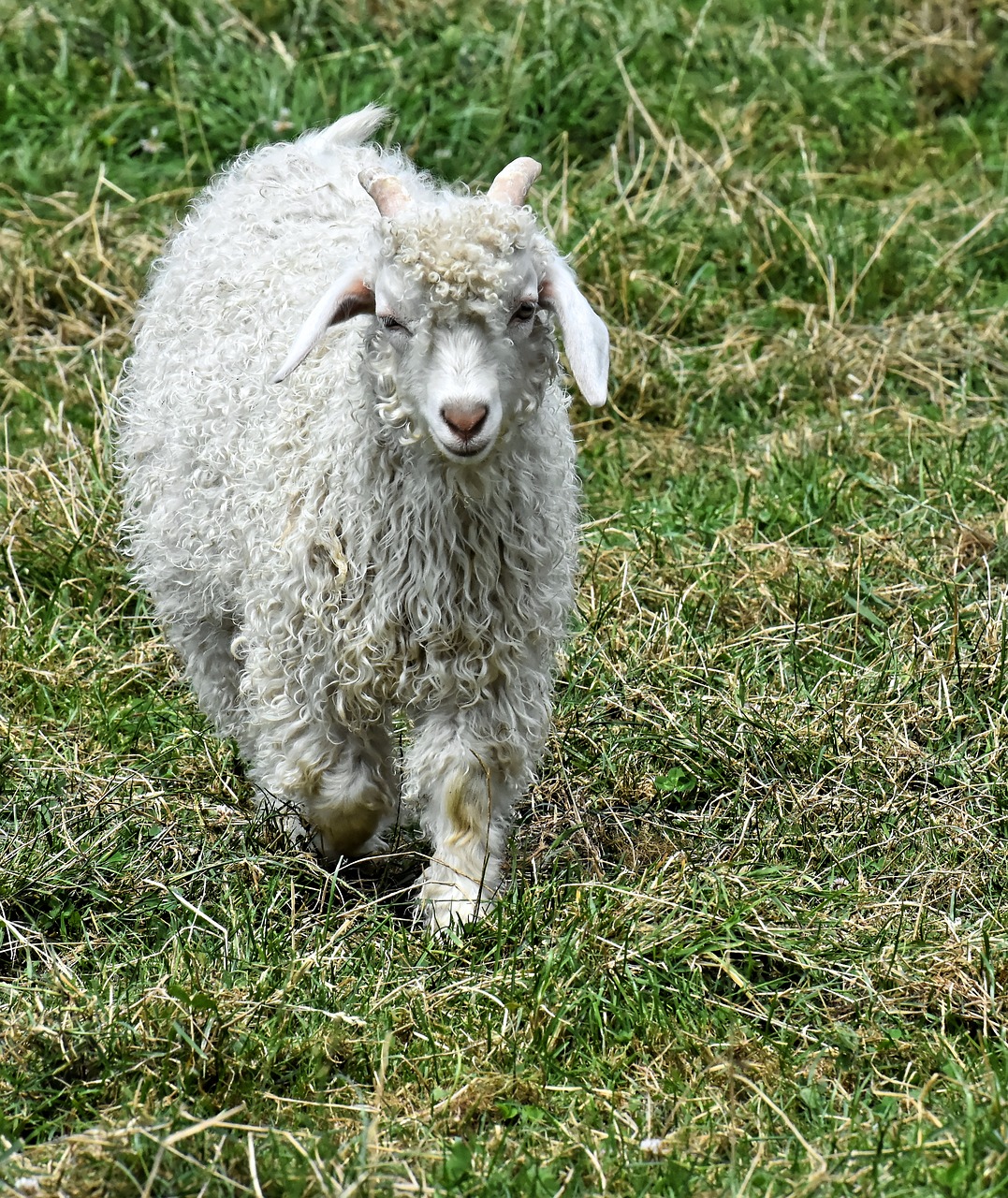
Cashmere Jackets 101: A Beginner’s Guide to High-Quality Outerwear
Cashmere jackets have a reputation for being among the finest, most luxurious pieces of outerwear available. Known for their softness, warmth, and timeless appeal, cashmere jackets are a staple in any well-rounded wardrobe. However, buying and caring for cashmere outerwear can seem daunting for those unfamiliar with the fabric. In this beginner’s guide, we’ll cover everything you need to know about cashmere jackets, from understanding the qualities that make them special to choosing the right one for your style and needs.
What Is Cashmere?
Cashmere is a natural fiber obtained from the soft undercoat of cashmere goats. These goats are primarily found in regions with cold climates, such as Mongolia, China, and parts of the Himalayas. The extreme conditions cause the goats to grow a fine layer of insulating down beneath their coarser outer hair, which is collected and processed into the luxurious fabric we know as cashmere.
Unlike other types of wool, cashmere is incredibly soft, lightweight, and provides excellent warmth without the bulk. The rarity of the fiber and the labor-intensive process of collecting and processing it contribute to cashmere’s status as a high-end, luxury material.
Characteristics of Cashmere
Here are some of the unique characteristics that set cashmere apart from other fabrics:
- Softness: Cashmere is known for being incredibly soft to the touch, offering a luxurious feel that’s much smoother than standard wool.
- Warmth: Despite being lightweight, cashmere is highly insulating. It provides warmth without adding extra weight, making it ideal for jackets and coats.
- Lightweight: Cashmere jackets are significantly lighter than those made from other fabrics like wool or leather, adding to their comfort.
- Durability: With proper care, cashmere can last for years without losing its shape or softness.
- Breathability: Cashmere is a breathable fabric, which helps regulate body temperature and keeps you comfortable in varying climates.
Why Cashmere Jackets Are Considered High-Quality
1. Premium Material
Cashmere jackets are often regarded as high-quality outerwear because of the premium material used to make them. Cashmere is sourced from a limited number of regions, and the process of gathering and refining it is both time-consuming and labor-intensive. Each cashmere goat produces only a small amount of usable fiber each year, making it a rare and valuable resource.
The finest cashmere comes from the undercoat of the goat, where the fibers are thinnest, softest, and longest. This premium-quality cashmere is what gives the jackets their luxurious feel, exceptional warmth, and smooth texture.
2. Superior Comfort
The softness of cashmere is unparalleled, and this comfort is one of the primary reasons people invest in cashmere jackets. Unlike wool, which can sometimes be itchy, cashmere feels incredibly gentle on the skin. This is especially beneficial for outerwear, as jackets are often worn for long periods and layered over other clothing.
A cashmere jacket provides warmth and comfort without sacrificing softness, making it an ideal choice for those who want to stay warm without the bulkiness of heavier fabrics.
3. Durability and Longevity
Although cashmere is delicate compared to synthetic fabrics, it is still highly durable when properly cared for. A high-quality cashmere jacket can last for decades, making it a worthy investment. Unlike fast-fashion outerwear that loses shape or wears out over time, cashmere maintains its structure and beauty, often becoming softer with age.
4. Versatility
Cashmere jackets are versatile enough to be worn in a variety of settings. Whether you’re attending a formal event, going to work, or simply looking for a sophisticated everyday jacket, cashmere fits the bill. The sleek and elegant appearance of cashmere outerwear allows it to transition seamlessly from casual to formal occasions, making it a go-to piece in any wardrobe.
Types of Cashmere Jackets
Cashmere jackets come in a variety of styles and cuts, catering to different preferences and fashion needs. Here’s a look at some of the most popular types:
1. Tailored Cashmere Blazer
A tailored cashmere blazer is a polished and refined piece of outerwear that can be worn to the office, formal events, or even smart-casual outings. The structured fit of a blazer adds sophistication, while the softness of cashmere keeps it comfortable and lightweight.
2. Cashmere Peacoat
A cashmere peacoat is a stylish, double-breasted jacket with a slightly longer cut that provides extra warmth in colder weather. The classic design of a peacoat is timeless, and when made from cashmere, it adds an extra layer of luxury to a winter wardrobe.
3. Cashmere Wrap Coat
A cashmere wrap coat is a more relaxed, versatile style that ties at the waist, giving you the freedom to adjust the fit. These coats are ideal for layering and can be dressed up or down depending on the occasion. The soft drape of cashmere gives wrap coats a sophisticated yet cozy appearance.
4. Cashmere Trench Coat
For a more formal and classic look, a cashmere trench coat is an excellent choice. These coats are typically longer in length and come with a belt to cinch the waist, creating a flattering silhouette. A cashmere trench coat offers both warmth and elegance, making it perfect for colder months.
How to Choose the Right Cashmere Jacket
When selecting a cashmere jacket, there are several factors to consider to ensure you’re getting the best value and quality for your investment.
1. Check the Ply Count
The ply count refers to how many strands of cashmere yarn are twisted together to make the fabric. Most cashmere jackets are made with two-ply yarn, which is thicker, warmer, and more durable than single-ply cashmere. Higher ply counts, such as four or six, offer even more warmth and durability.
2. Examine the Weave
The weave of the fabric affects both the durability and appearance of the jacket. Look for a tight, even weave, as this indicates high-quality craftsmanship. A loose weave can lead to pilling and may not provide as much warmth.
3. Consider the Fit
Cashmere jackets come in a range of styles, from tailored to relaxed fits. It’s important to choose a fit that suits your body type and style preferences. A well-fitting cashmere jacket should not feel restrictive and should allow enough room for layering.
4. Inspect the Fabric for Softness
One of the defining characteristics of cashmere is its softness. When shopping for a cashmere jacket, feel the fabric to ensure it’s smooth and luxurious. High-quality cashmere should feel gentle against the skin and not coarse or rough.
5. Look for Long, Fine Fibers
High-quality cashmere is made from long, fine fibers, which are less likely to pill. Lower-quality cashmere often uses shorter fibers, which can lead to excessive pilling over time. Check the label or ask the retailer about the fiber length to ensure you’re getting a durable piece.
How to Care for Your Cashmere Jacket
Proper care is essential to maintaining the longevity and beauty of your cashmere jacket. While cashmere is a durable fabric, it requires special attention to ensure it remains soft and pill-free.
1. Limit Washing
Cashmere jackets don’t need to be washed frequently. After wearing, allow your jacket to air out to remove any odors or moisture. When it does need to be cleaned, follow the care instructions on the label. Most cashmere jackets are best suited for dry cleaning, but some can be hand-washed in cold water with a gentle detergent.
2. Hand Wash with Care
If you choose to hand wash your cashmere jacket, use cold water and a mild detergent designed for delicate fabrics. Gently squeeze the fabric to clean it, but avoid wringing or twisting it, as this can damage the fibers. After washing, lay the jacket flat on a towel to air dry.
3. Store Properly
When not in use, store your cashmere jacket in a breathable garment bag to protect it from dust and moths. Avoid hanging cashmere on thin wire hangers, as they can distort the shape of the garment. Instead, use padded hangers to help maintain the jacket’s structure.
4. Remove Pilling
Pilling is a natural occurrence with cashmere, especially in high-friction areas such as the sleeves or underarms. To remove pills, gently use a cashmere comb or fabric shaver. Regularly removing pills will keep your jacket looking smooth and polished.
5. Avoid Direct Heat
Cashmere is sensitive to heat, so avoid placing your jacket near radiators or in direct sunlight for extended periods. High heat can cause the fibers to shrink or lose their softness.
Why Invest in a Cashmere Jacket?
Investing in a cashmere jacket is about more than just owning a luxurious piece of clothing. Here are some reasons why cashmere outerwear is worth the investment:
- Longevity: With proper care, a cashmere jacket can last for decades, providing you with warmth, comfort, and style year after year.
- Timeless Appeal: Cashmere jackets have a classic and elegant look that transcends fashion trends, making them a staple in any wardrobe.
- Comfort: The softness and warmth of cashmere make it a pleasure to wear, especially during colder months.
- Versatility: A cashmere jacket can be dressed up or down, making it suitable for a variety of occasions and settings.
Conclusion
A cashmere jacket is a luxurious and timeless investment that offers unparalleled warmth, comfort, and style. Whether you’re new to cashmere or looking to expand your collection, understanding the qualities of this fabric and how to care for it will ensure you enjoy your cashmere jacket for years to come. From tailored blazers to cozy wrap coats, cashmere outerwear is the perfect way to elevate your wardrobe while staying warm and comfortable.
